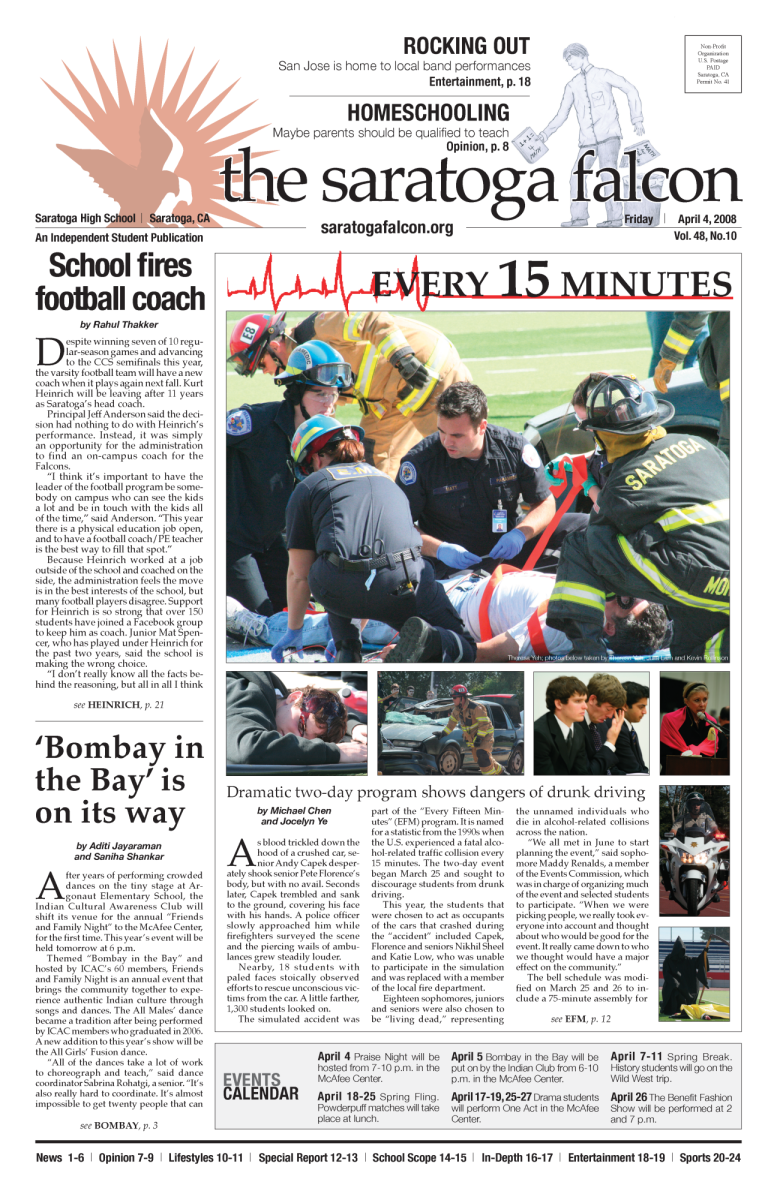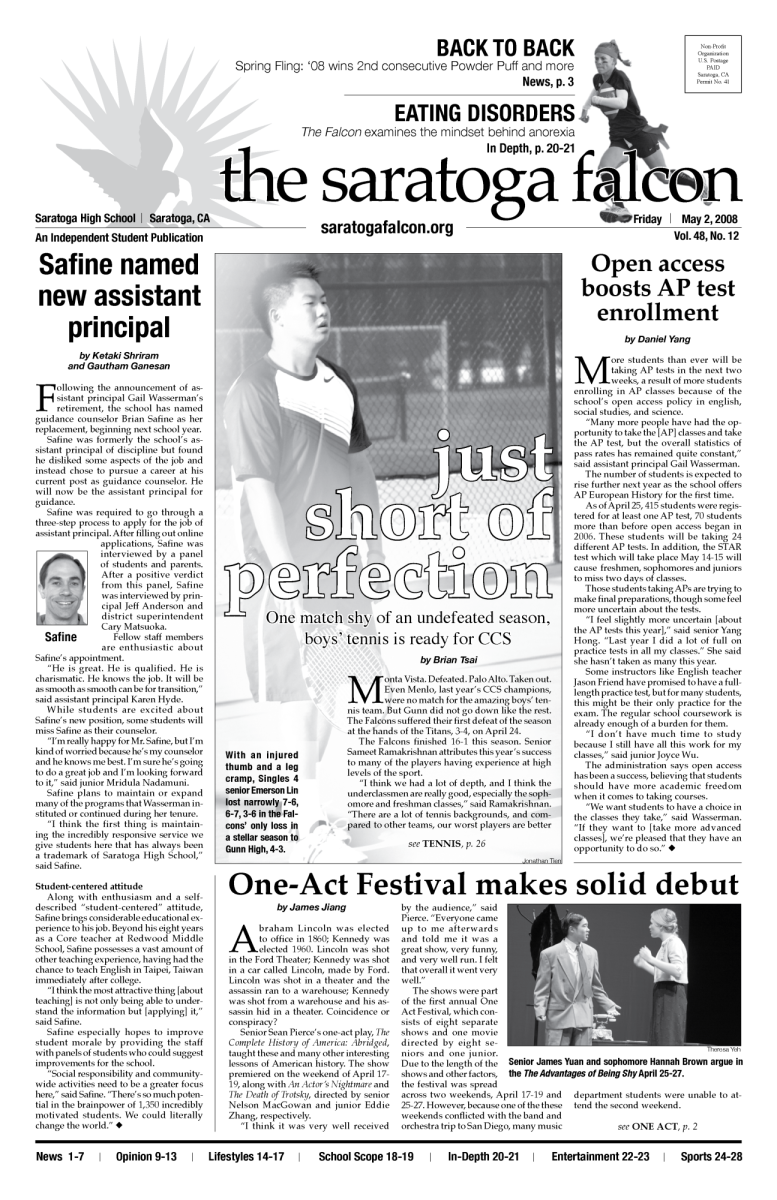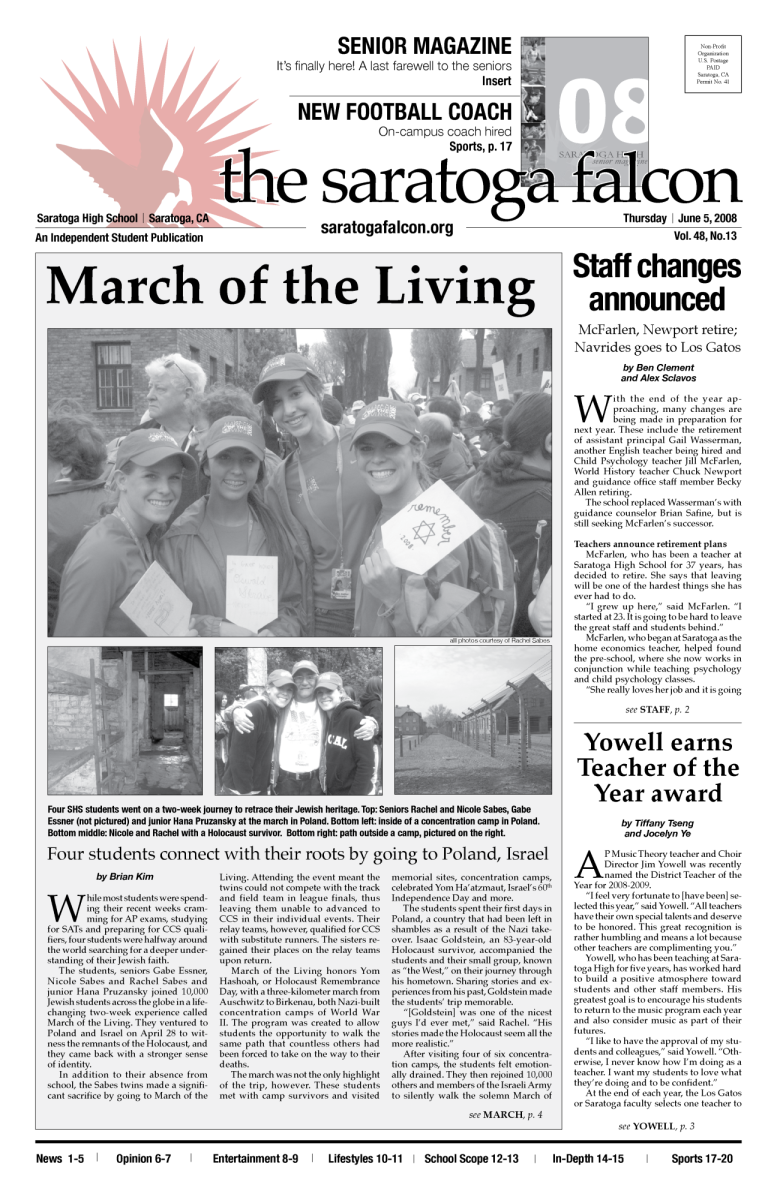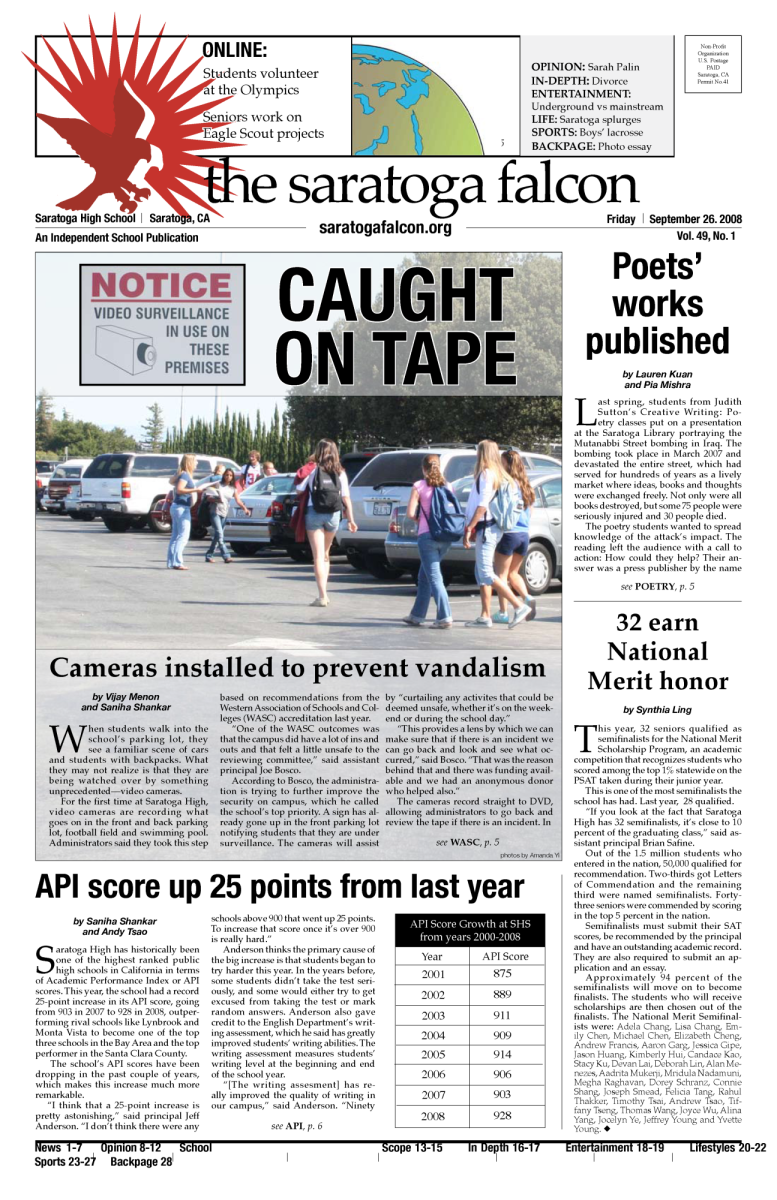I don’t think any of us were prepared for this whole quarantine situation — I definitely was not. Even though the quarantine resolutions that many of us made were tossed into the backburner almost immediately (no surprise there), I never expected to fall for the enticing drug that is anime.
Anime, where the amount of light emitted from a character directly correlates to strength, where every male protagonist looks the same and where one supreme hair stylist has acquired a monopoly over main characters, has to be by far one of the most overrated underrated forms of art. Alas, I am not here to discuss how anime is constantly underappreciated, nor am I here to talk about its cliches and flaws. I am here to address the preposterous, sacrilegious blasphemy that is the English dub.
For anime fans who don’t understand Japanese, but would still like to watch anime, there are two options they may consider: watch the English sub, where the voice overs are still done in Japanese but subtitles are posted in English at the bottom of the screen; or the viewer can choose to watch the English dub (why would you do that to yourself?), in which voiceovers are done in English by voice actors.
Dubbing anime isn’t something that should stop. It offers non-Japanese fans an alternative that doesn’t leave them squinting at subtitles and missing out on the awesome battle scenes.
But for pity’s sake, please hire some competent actors.
I’m here, trying to get into the mood as Kousei Arima absolutely performs his heart out, until suddenly the squeaky, overenthusiastic and melodramatic voice of his English voice actor juts in and throws the whole episode out of whack — I’m sure fellow dub watchers can agree.
Of course, not all dubs are terrible: I’ve seen a few that are actually quite good, at times even preferable to the sub, such as Highschool of the Dead, but this just goes to show that it’s completely plausible to get voice actors who are competent. Should be a simple, obvious solution, right?
Nope. The dubbing industry is in an even worse condition than expected. Every anime uses the exact same set of voice actors, the exact same line-delivery style, and the exact same constipated sound effects, making dubbed anime monotonous and predictable.
I did a bit of digging, and it was quite a revelation to me as a person who rarely watches dubbed anime to find that the same voice actors are used across a ton of different animes, including huge mainstream animes as well. After watching several episodes from different shows, I noticed that, although the terrible deliveries were initially funny to listen to, the dubbed voice lines started to really mess with my binge experience, proving to be more of a distraction and eventually ruining any remaining interest I had in the show.
Animes hire English voice actors through a process called closed auditions, where studios reach out to people who are already established as voice actors who are willing to put in the time and effort to fill the role; at times, anime companies might even give an actor an automatic pass. This creates a host of problems, where talent is suppressed and the dubbing industry remains static with little to no competition — imagine if Dwayne Johnson starred in every single Hollywood movie.
Unsurprisingly, animes that host open auditions and don’t rely upon the same set of actors as the rest of the industry consistently produce dubs that are well-received. So the solution’s already there, it just hasn’t been properly implemented by the general industry.
Improving dubs is simply a matter of time and money. Hosting open auditions in order to open the talent pool may be one of the most obvious solutions, but it’s time consuming and financially difficult — the anime industry as a whole earns significantly less than shows on Netflix or movies on the big screen, meaning there’s less money and time available to be spent on improving a sector. Yet like every business, it’s important to open up products for as many customers as possible, and the dub is the biggest step to doing that next to airing anime films and shows in theaters and on major streaming services like Netflix and Hulu. I know that when I took my first steps into binge watching anime, I began with the dub.
Then again, nothing’s ever a guarantee, but improving the voice acting for dubs might just bring in a whole new group of fans and prove to be a wildly successful long-term investment.




























